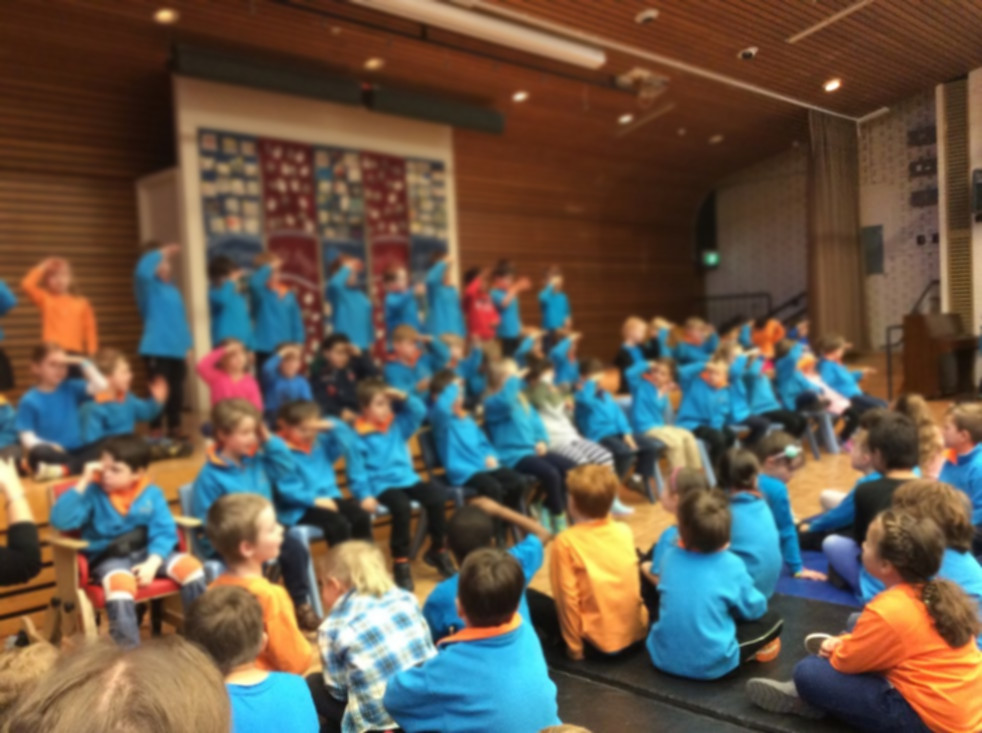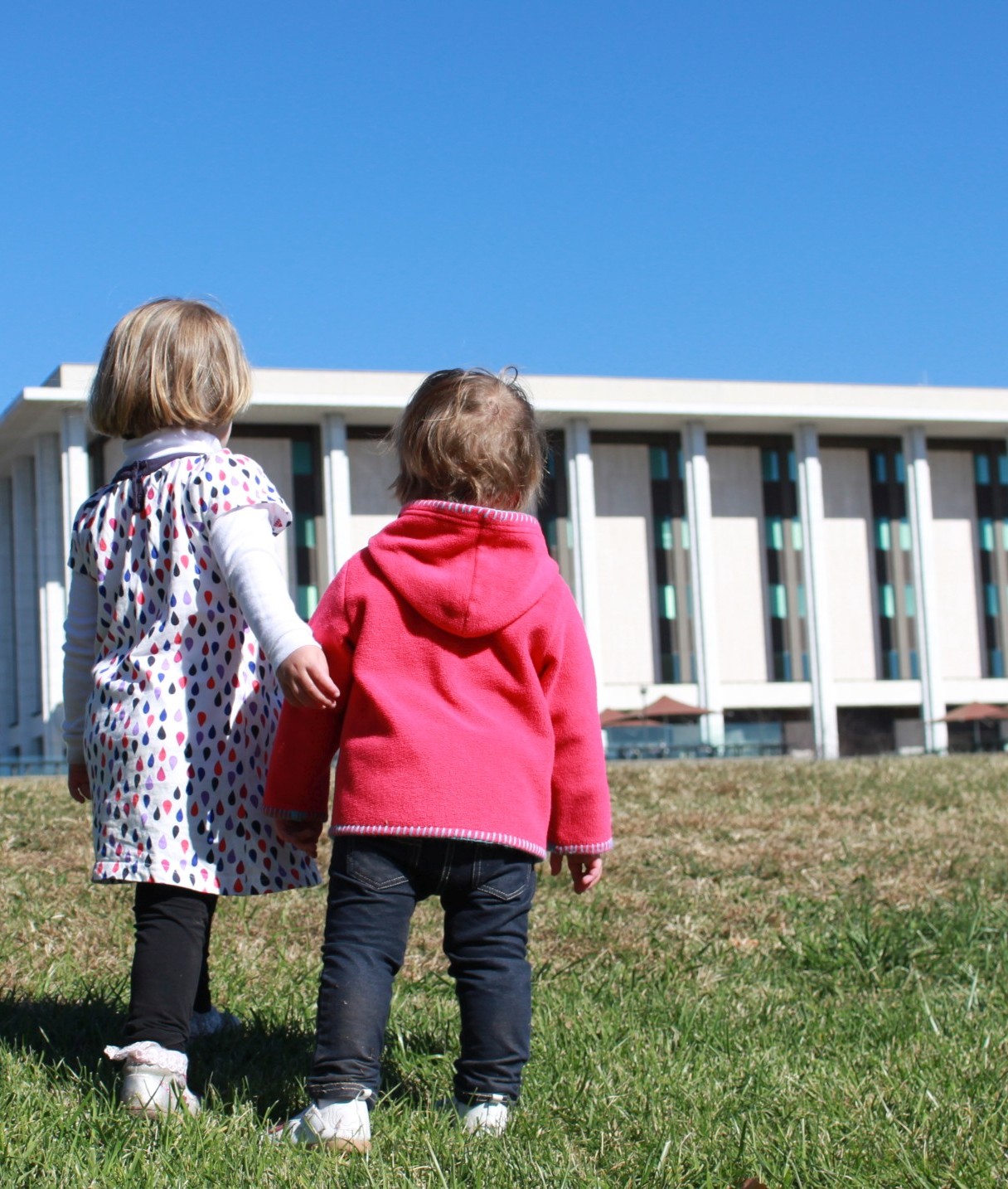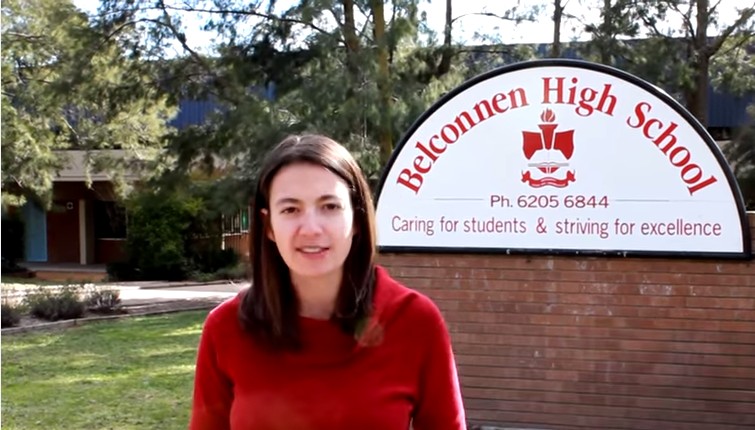With the kids heading back to school, I found myself wondering about the history of schooling in Australia and how we ended up with our current system in the ACT.
It turns out that having a society with a large proportion of convicts is a good way for governments to get involved in funding education. Schools were mostly owned and operated by religious orders in the 19th century, but churches in Australia didn’t have the resources to fund or staff schools themselves. So even back in the 1820s the State paid for the operations of schools.
As a result, education in Australia has always been quite secular. While we take non-religious education for granted, this approach was very different from that of the UK. Even today, a large number of UK schools are fully funded by the government but operated by the Anglican church.
In 1848 the Anglican church agreed not to oppose the creation of public schools in Australia, as long as government subsidies to religious, private schools were maintained. This tension between relative levels of funding for government and non-government schools is a theme that continues today.
In the 1870s and 1880s, attendance at school was made compulsory, with NSW requiring children to attend between the ages of 6 to 13, and in Victoria from 6 to 15. This was quite an early recognition of the value of education, with the British system only requiring attendance until the age of 11 at the time. Education of the day was as much about crime control as learning:
Crime was the result of ignorance, ignorance was the result of a lack of education and, therefore, education would decrease crime … [education was the] means of forging the penal colony of Australia into an organised and orderly society. This society would be based on, but hopefully better than, the existing British system. It was, therefore, imperative that the government set up schools so that all children could be taught, not only the three “R’s,” (reading, writing and arithmetic) but how to be good moral, law-abiding citizens.
Here in the ACT, the Federal Government was responsible for funding and running local schools until self-government. Our schools operated under the conventional primary and high school model until 1976, when the college system was established. This has been a very successful model for year 11 and 12 students. In particular, it is an excellent fit for Canberra in the way that it maximises subject choice and access to specialist resources for senior students, given our comparatively small population.
More recently we have seen other models trialled here in the ACT, including the very popular integrated early childhood education and care approach for 0-7 year olds, as well as the single campus P-10 schools.
The best point to switch from the “single teacher” model of primary school to secondary education is not agreed either. Some educators maintain that starting secondary school in year 7 happens at a very vulnerable time in a child’s life, during rapid biological and mental changes. Many private schools in the ACT are structured as a junior (P-5), middle (6-8), and senior (9-12) campus. However, it is not clear whether any difference in academic achievement is due to socioeconomic factors or to the school structures themselves.
My big takeaway is that there is a lot that our education system does well. That said, Australia has been steadily slipping over the past decade in international rankings for achievement in mathematics, science, and reading. We can’t afford to be complacent. Education reform is an ongoing task, and we all need to be part of that debate.



